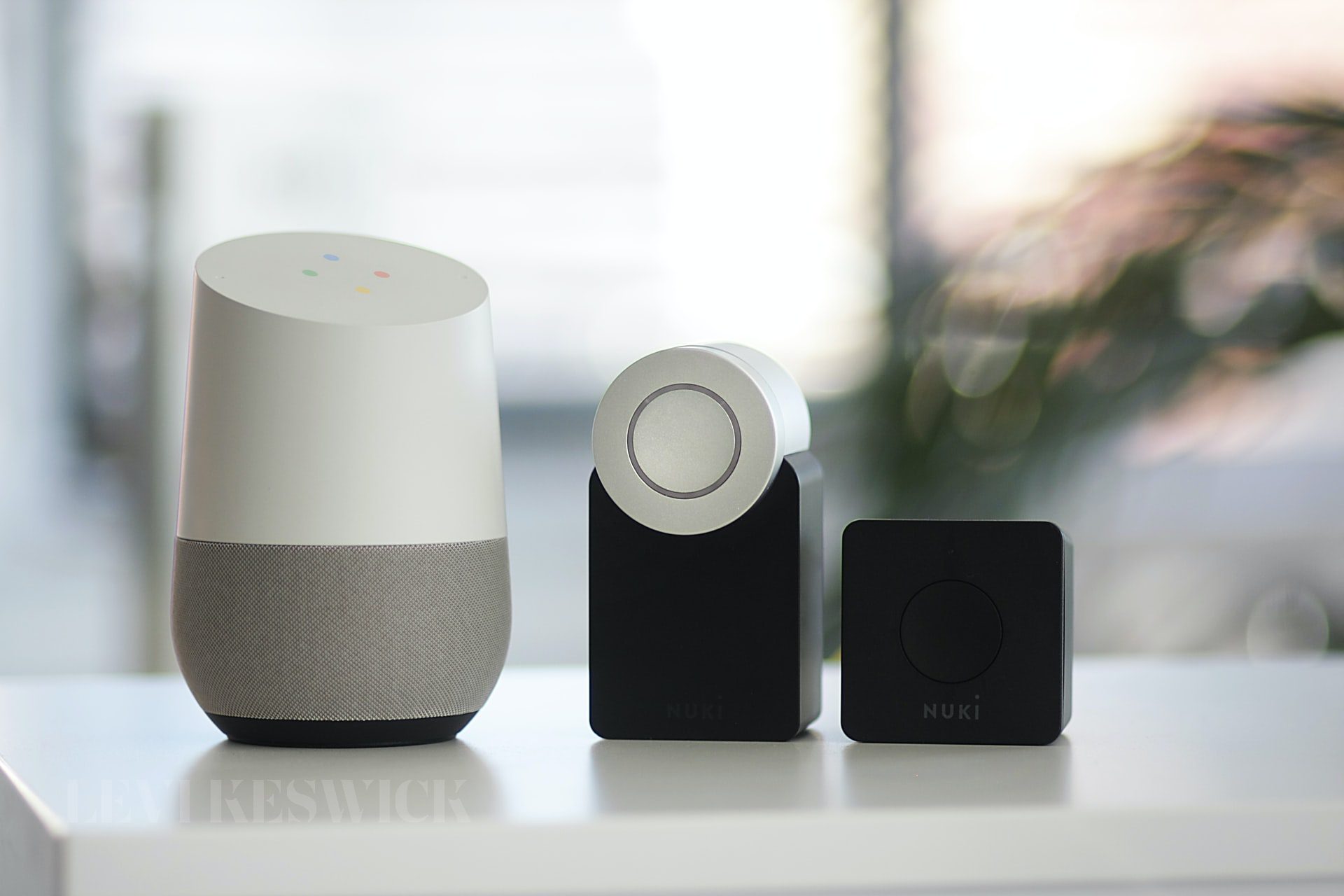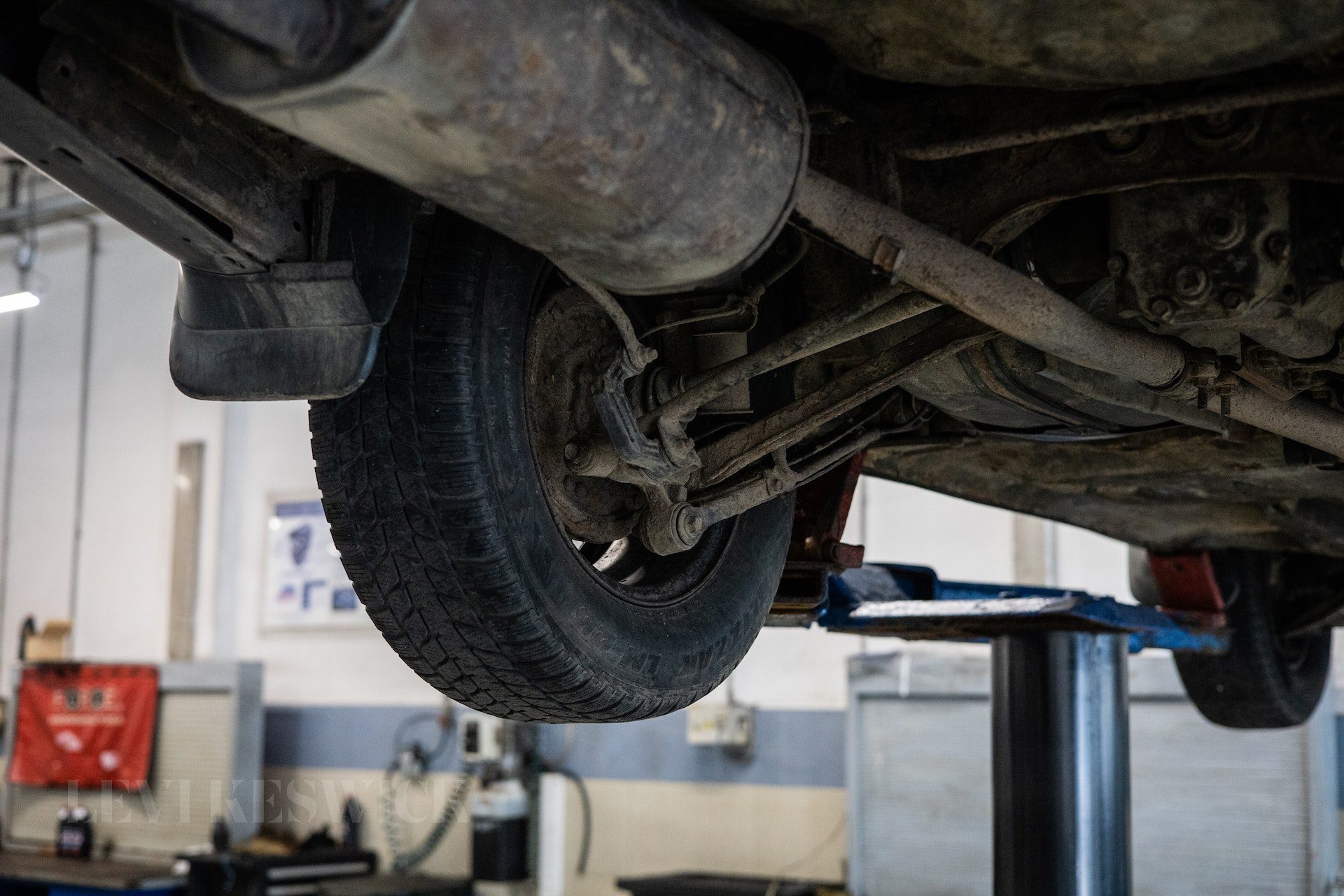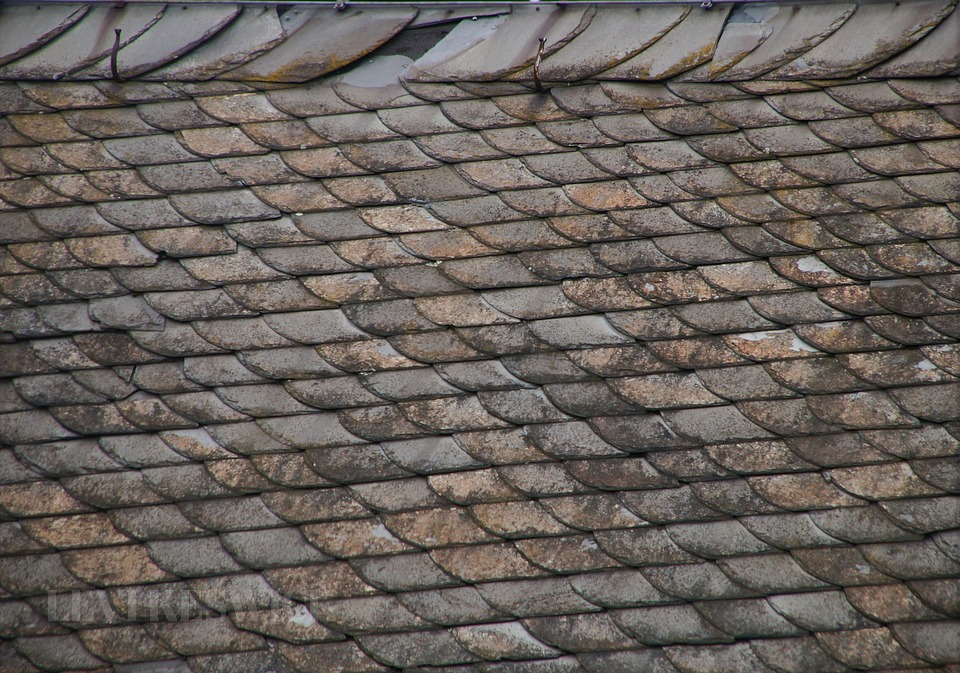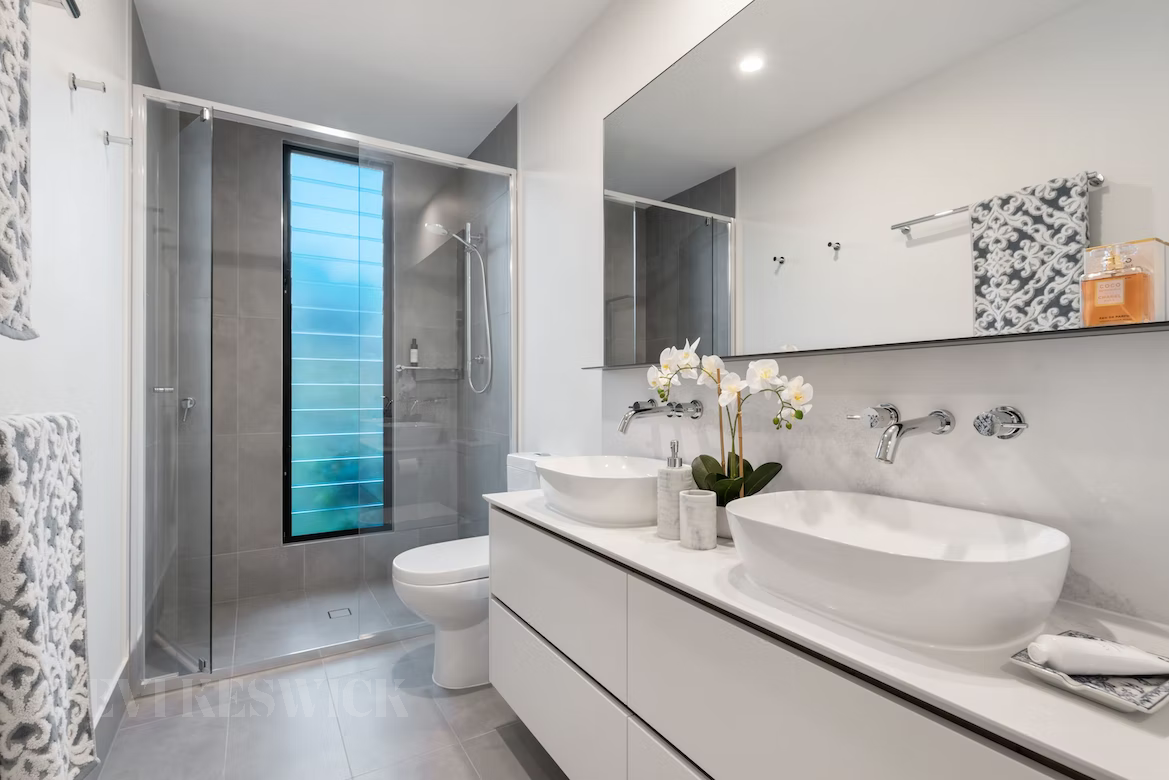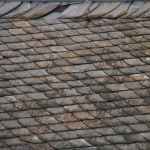Smart home devices are becoming an essential component of modern homes as they provide improved utility at surprisingly affordable prices. Just like any other appliance, smart home devices can encounter a malfunction. Keep reading to broaden your understanding of smart home devices, the common problems these devices face, and practical solutions to help you resolve them.
Power Consumption
Almost every smart device out there requires maintenance. While low-energy products like sensors don’t utilize much energy and might need battery replacement after years of usage, smart security devices like motion-sensing cameras utilize a lot of energy and require battery replacement more often. These devices use up energy faster when there are weak WiFi signals as the device constantly struggles to maintain a stable connection.
Ensuring a stable connection and tweaking the settings of these devices can help reduce energy consumption. Smart devices have a lot of extra features that you might not be using. Turning them off ensures less power is consumed, thereby extending the battery life.
Unstable Connection
Most smart home devices use WiFi connectivity for synchronization. When you are experiencing connectivity issues, your smart devices cannot function properly. These devices need a stable internet connection to work efficiently. If you ever encounter connectivity issues, check the network server, connection wires, and the WiFi router settings for any anomalies.
You can also experience issues while remotely controlling these devices due to poor connectivity. A mesh router system can be installed in the home to ensure you get top-notch connectivity throughout the house. You can increase your knowledge of smart home devices by visiting educational websites and blogs so it becomes easier for you to make the right choices. Sometimes, placing the router near other electronic appliances can also disrupt the signal strength. Therefore, make sure the router is placed away from other devices.
Devices Not Syncing Together
Smart devices like advanced security cameras, thermostats, smart refrigerators, smart doorbells, and related smart devices encounter issues when it comes to using them in sync. Almost every smart device comes with an app that can be used to control it. Therefore, syncing all these devices together becomes a nightmare. To easily control all of your smart devices, consider investing in smart home solutions like a smart home hub or IoT-based tech services that allow you to control devices from a central place. When choosing smart home hubs, go with the popular models as most devices have integrated support for them.
Still, if you fail to connect all of your devices, look up smart device integration services in order to use smart devices that cannot be conventionally connected. For example, you can integrate smart lights and your smart TV to power on when the air conditioning unit is turned on. Depending on your usage preferences, you can make tons of combinations to help you better manage these smart devices.
Device Malfunction
Smart devices are simply sophisticated electronic devices that can malfunction and fail to work. Security cameras failing to capture footage, temperature-controlling smart thermostats that won’t switch on, and smart lights not lighting up at the set time are some examples of smart device malfunction. Issues like these can arise due to faulty hardware, compromised software, or because of a malfunction in connected systems.
You can resolve similar issues by utilizing a smart strategy. Each time a smart device malfunctions, you will see an error message represented by alphanumeric numbers. Making a note of these numbers and consulting the instructions manual can assist you in identifying the issue. You can also contact the smart device manufacturers for more information and the best possible solution. On the manufacturer’s website, you can review the FAQs section as the most common issues and their solutions can typically be found in this section.
No Power
Smart thermostats and similar devices can encounter issues while turning on. This problem of devices not powering on can be quite tricky as every device has different levels of energy consumption. The most common reason for not having power is problems with the power source. If your smart device uses batteries, replace them or recharge them as appropriate. For wired devices, check the wiring for damaged or broken wires that might be the culprit.
Fortunately, most smart devices have LED indicators that indicate whether they are receiving power or not. If the problem persists, check your circuit breaker or get professional help to resolve the issue.
It is never easy to figure out issues with these smart devices, let alone fix them. However, gathering information about these devices, joining online forums, and absorbing relevant information about these devices will surely assist in the easy identification and resolution of problems that smart home devices encounter.



